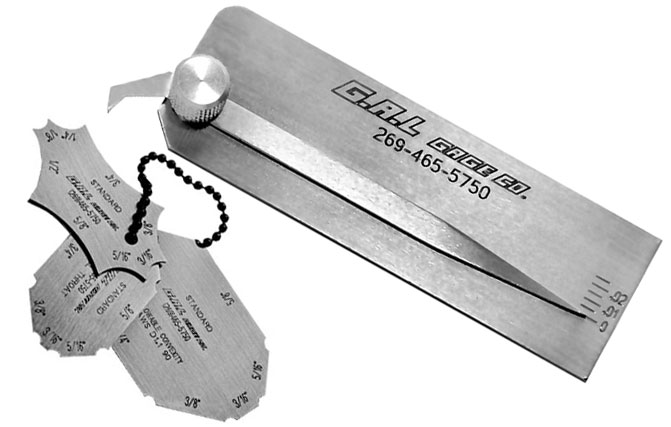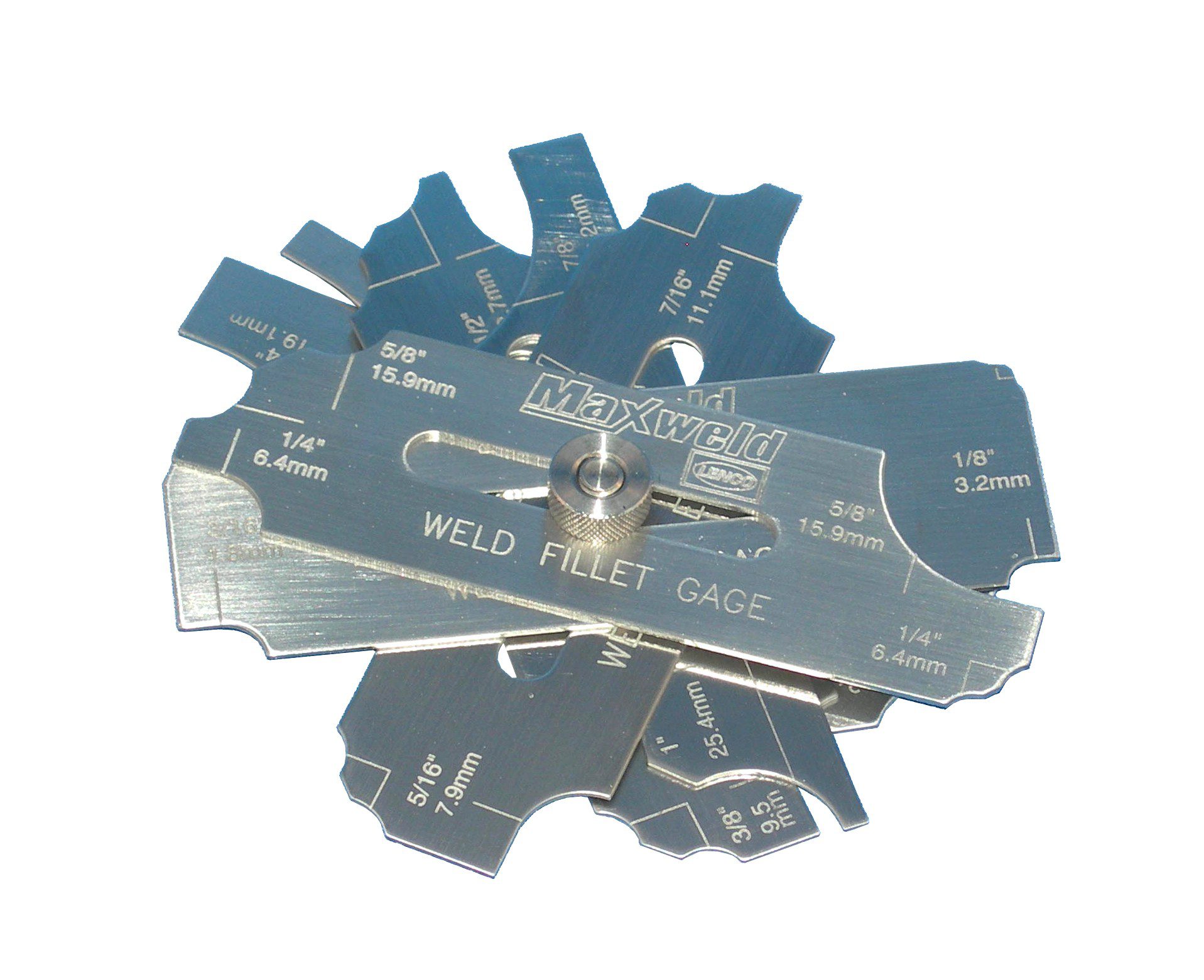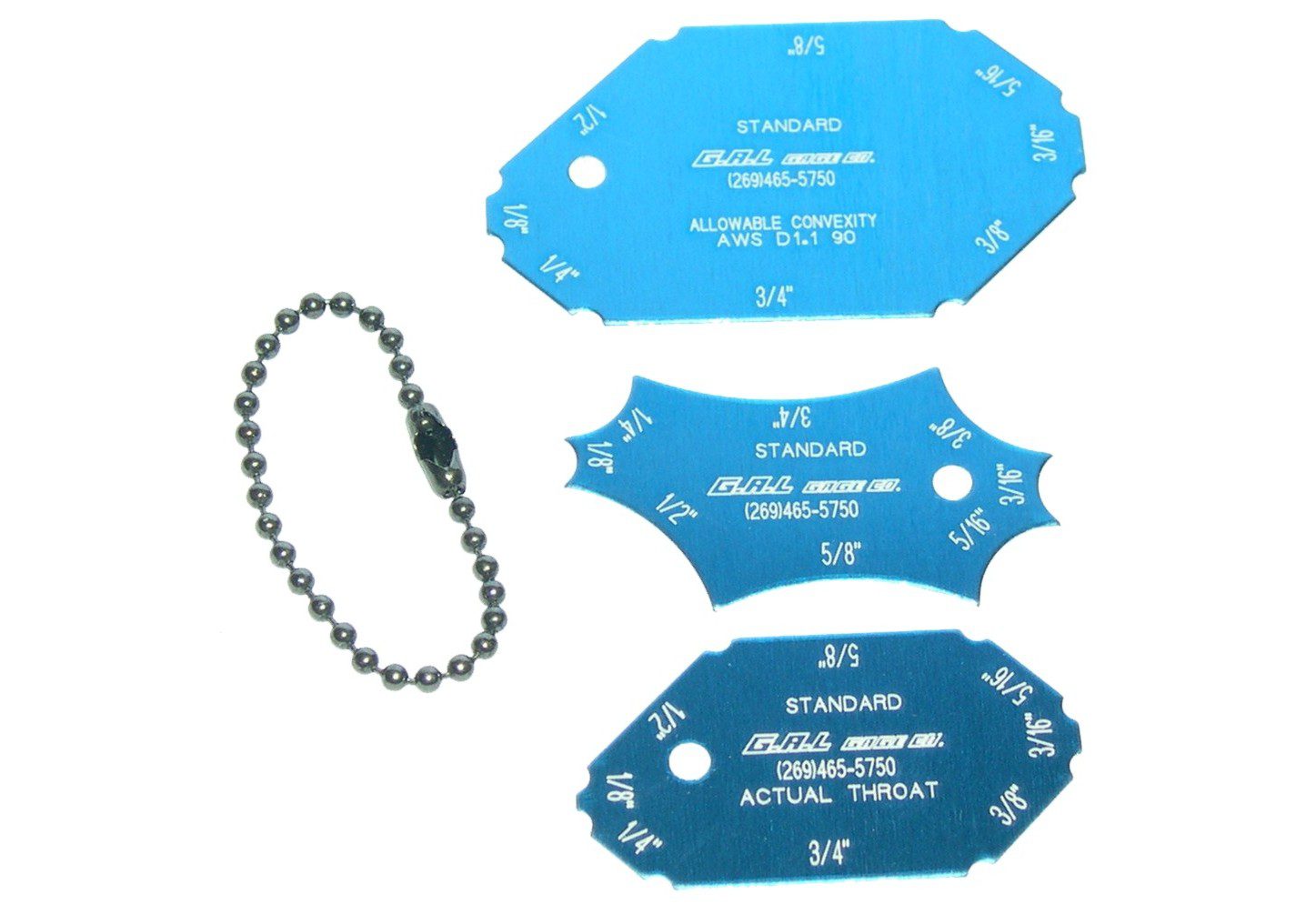Ingenious Techniques to Fillet Weld Inspection and Testing: Enhancing Weld Top Quality and Conformity Criteria
In the realm of welding, the top quality and honesty of fillet welds play a vital function in making certain the architectural soundness and reliability of various industrial elements. With the constant drive for improved effectiveness and conformity with rigorous criteria, the expedition of innovative techniques to fillet weld assessment and screening has actually come to be imperative. As industries develop, the conventional techniques may no more be enough in meeting the demands of modern welding applications (Gauge Fillet Weld). By welcoming sophisticated technologies and methodologies, a new perspective of opportunities emerges in the realm of weld top quality analysis and adherence to conformity standards.
Advanced Non-Destructive Testing Methods
Using state-of-the-art innovations, advanced non-destructive testing techniques play a vital role in guaranteeing the integrity and high quality of fillet welds. These methods, such as phased variety ultrasonic testing (PAUT) and magnetic fragment testing (MPT), offer detailed insights right into the weld's internal framework without creating any damage to the product. PAUT, as an example, uses numerous ultrasonic aspects to examine the weld from various angles, offering a comprehensive visualization of prospective defects like lack of combination or splits.
By utilizing these advanced non-destructive testing strategies, weld inspectors can accurately analyze the quality of fillet welds, making certain compliance with sector requirements and guidelines. The capability to discover problems early on not just enhances weld quality but likewise stops costly rework or failures in architectural integrity, underscoring the importance of these ingenious screening methods in welding inspections.
Robotics and Automation in Examination

The combination of robotics and automation has reinvented the inspection process for fillet welds, boosting performance and accuracy in high quality evaluation. Robotics use precise control and repeatability in evaluating welds, guaranteeing reliable and regular outcomes. Automated systems can be programmed to comply with certain examination paths, making sure detailed coverage of welds and reducing the risk of human error.
Robotic examination systems furnished with sophisticated sensors can detect and gauge weld functions with high precision, supplying detailed information for analysis. These systems can recognize defects such as splits, lack of blend, and porosity, allowing punctual restorative activities to be taken. Additionally, robotics and automation permit real-time data collection and evaluation, offering immediate responses to operators and promoting quick decision-making procedures.
Additionally, making use of robotics and automation in fillet weld assessment improves total performance by decreasing examination times and boosting examination throughput. By improving the examination process, makers can ensure weld high quality and compliance requirements are fulfilled successfully, ultimately causing cost savings and enhanced product high quality.
Making Use Of Artificial Intelligence for Evaluation
Expert system plays an essential duty in improving the performance and precision of evaluation in fillet weld assessment procedures. By harnessing the power of AI, assessors can simplify the evaluation of weld top quality and conformity standards, resulting in a lot more specific and dependable results. AI algorithms can rapidly process vast amounts of information from weld assessments, identifying problems or disparities that may be challenging to relate to the nude eye. This innovative modern technology makes it possible for real-time tracking of weld quality, enabling instant restorative activities to be taken if any problems are discovered.
Additionally, AI systems can discover from previous evaluation data, continuously boosting their capability to recognize prospective defects and discrepancies in fillet welds. This adaptive understanding ability enhances the overall high quality control procedure, decreasing the likelihood of human mistake and guaranteeing that welds meet the needed standards. By integrating fabricated intelligence right into fillet weld analysis, markets can accomplish greater degrees of efficiency, uniformity, and conformity in their assessment practices.
Portable Tools for On-Site Evaluation
Enhancing area evaluation performance, the fostering of mobile devices transforms on-site evaluation processes for fillet welds. These devices use flexibility and ease, enabling assessors to conduct comprehensive examinations in numerous locations, including remote or challenging environments. Portable tools such as ultrasonic testing devices, magnetic bit inspection devices, and digital radiography systems supply real-time information and high-resolution imaging capabilities, allowing quick decision-making and instant responses on weld top quality.
One significant benefit of mobile devices is their capability to improve assessment treatments, minimizing downtime and improving overall efficiency - Gauge Fillet Weld. Assessors can quickly deliver these tools to various task sites, eliminating the need for delivering heavy equipment or elements to off-site centers. Additionally, the transportability of these tools advertises cost-effectiveness by lessening transportation costs and increasing examination timelines
Moreover, the usage of portable devices for on-site assessment promotes positive high quality control measures, as assessors can promptly recognize and deal with any kind of potential welding defects or disparities. By integrating these cutting-edge innovations right into on-site assessment practices, welding experts can make certain compliance with industry requirements and boost weld quality, eventually bring about boosted architectural stability and safety in various welding applications.
Assimilation of Information Management Solution

Having optimized on-site inspection procedures with the usage of portable devices, the next stage includes the seamless assimilation of data monitoring systems to additionally boost performance and data evaluation abilities in fillet weld inspection and testing. By integrating data monitoring systems into the examination procedure, organizations can simplify data collection, storage space, and analysis. This combination permits for real-time monitoring of weld top quality, immediate recognition of flaws, and timely decision-making to rectify any problems that might arise during the this content examination procedure.
Information management systems play an essential function in centralizing examination information, assisting in simple access for licensed personnel, and guaranteeing data integrity and security. With the combination of these systems, examiners can produce detailed records, track historic data for pattern analysis, and enhance total procedure performance. In addition, the combination of information monitoring systems enables smooth communication in between various stakeholders entailed in the assessment procedure, promoting collaboration and improving overall quality assurance actions. Ultimately, the combination of information management systems serves to boost the criteria of fillet weld inspection and testing, making sure conformity with sector regulations and boosting weld high quality.
Conclusion
Finally, cutting-edge strategies to fillet weld examination and screening click to investigate have actually dramatically enhanced weld high quality and compliance requirements. Advanced non-destructive screening methods, robotics, automation, artificial knowledge, portable tools, and data monitoring systems have actually reinvented the way weld inspections are performed. By using these innovations, industries can ensure that welds satisfy the required high quality requirements and laws, ultimately enhancing general efficiency and safety in welding procedures.

Having actually enhanced on-site assessment processes through the use of portable devices, the next stage involves the smooth assimilation of information management systems to additionally boost performance and data analysis capacities in fillet weld inspection and testing. Inevitably, the assimilation of data management systems serves to elevate the criteria of fillet weld inspection and screening, ensuring conformity with industry policies and enhancing weld high quality.
